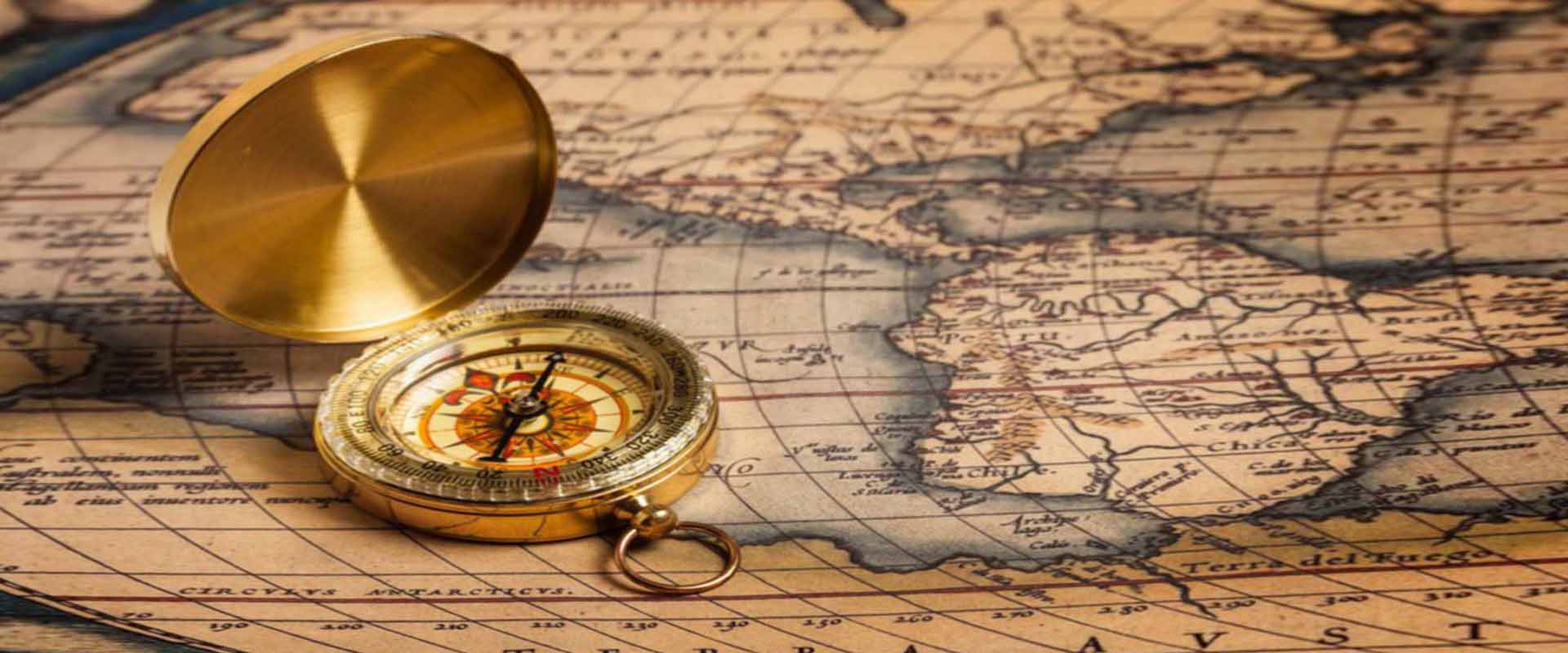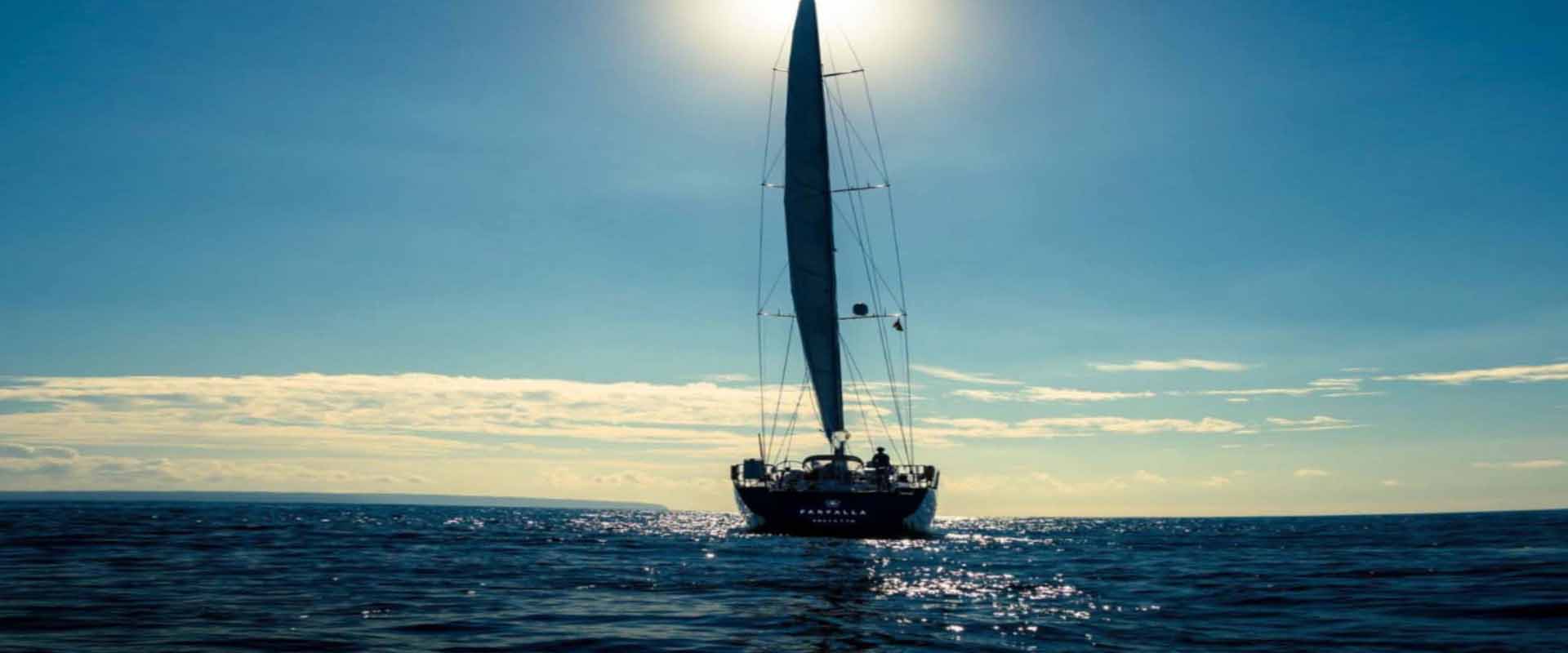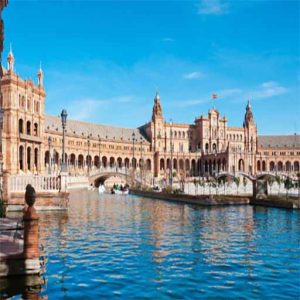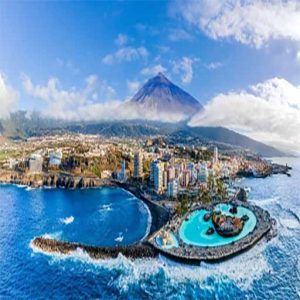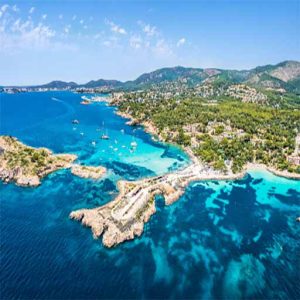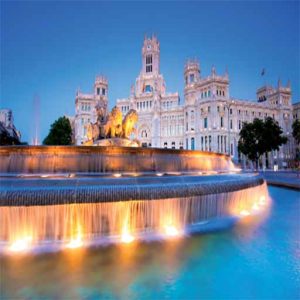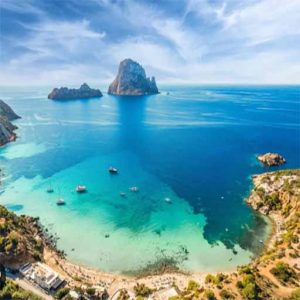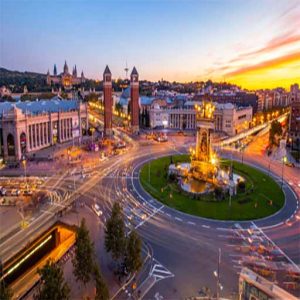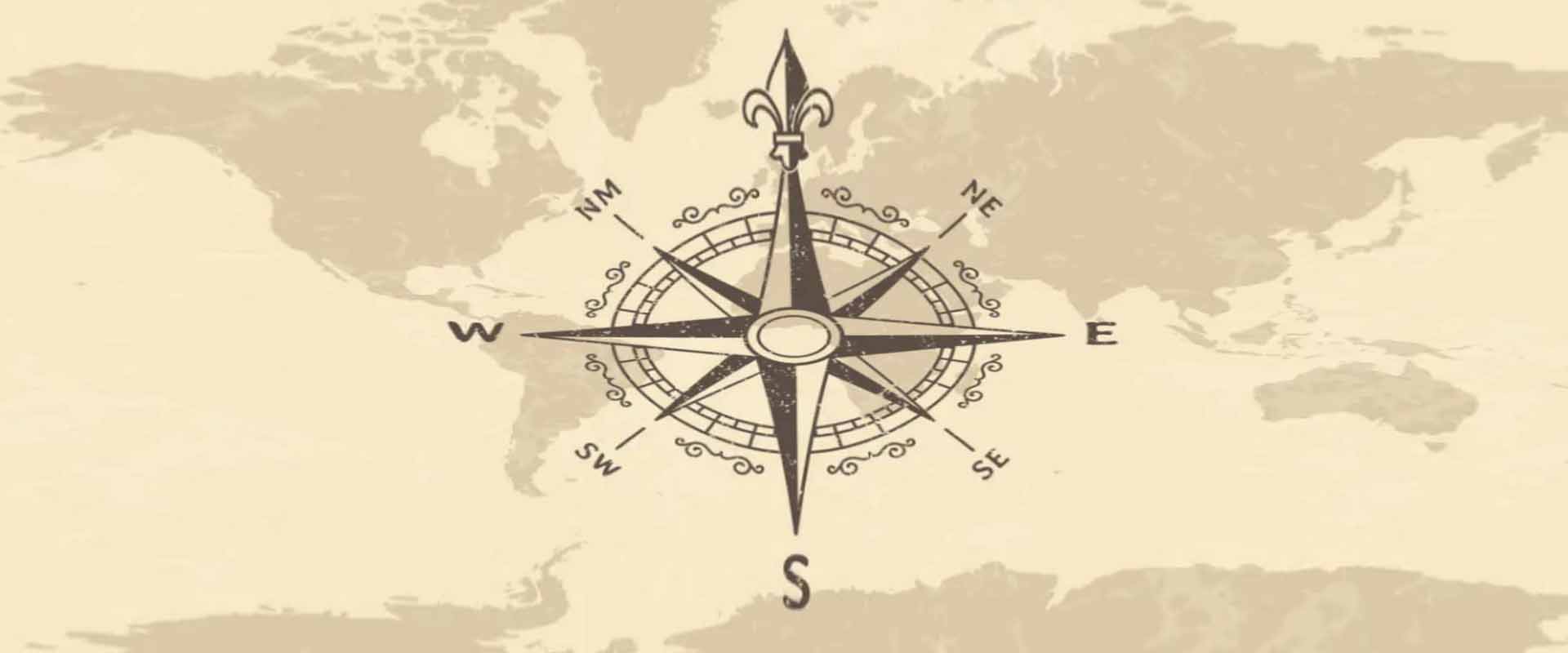Discover Spain
Spain is among the top travel destinations worldwide because it perfectly combines historical landmarks, cultural experiences, natural landscapes, and energetic urban areas.
Spain is a distinct blend of tropical beaches and age-old traditions of its history. Spain charms visitors with its wide range of offerings, extending from Barcelona’s colourful tourist zones to the attractive harbours of the Balearic Islands.
The destination features Mediterranean cooking classics and historical castles where you can enjoy the unique cultural taste. Spain delivers memorable encounters for people seeking adventure and private beach destinations.
Every prospective traveller will find their ideal experience in Spain through the country’s Mediterranean beaches, La Rioja vineyards, and Barcelona architecture. Every type of tourist enjoys Spain because this nation creates unforgettable impressions through its combination of adventure, relaxation, and cultural places.

Gulet Rental
Feel the magic of Croatian coastal views during a sailing tour of its picturesque shoreline through authentic gulet boat vessels.
Gulet Cruise
The scenic Turquoise Coast becomes available to travelers through Turkish gulet cruise travel.
Gulet Charter
A gulet charter in Croatia provides sailors the best approach to explore the enchanting Turquoise Coast through charming water-based luxuries.
Gulet Holidays
Gulet cruising in Croatia offers visitors a warm voyage to find the magnificent Turquoise Coast.
Blue Cruise
The exotic appeal of Croatian Blue Cruise provides floatation seekers with a breathtaking experience on the lush Turquoise Coast.
The Charm of Spain’s Cities
Europeans recognise Spain for its group of famous cities, each of which displays distinctive identities through their remarkable points of interest.
The capital city of Spain delivers cultural power through its renowned museums, like the Prado, vivacious markets, vibrant nightlife, and Real Palacio exhibits. The Royal Palace, together with Retiro Park, is an essential place to see.
Barcelona’s artistic heritage and architectural wonders encompass Gaudí’s masterpieces, including the Sagrada Familia and Park Güell.
Familia and Park Güell. Visitors enjoy their time by walking through La Rambla or relaxing on Barceloneta Beach.
Seville shines as the cultural capital of Andalusia due to its prominent fame for flamenco music and magnificent Alcázar palace alongside its traditional historic lanes. The breathtaking Cathedral and Giralda Tower offer panoramic views of the city.
Valencia combines history with modernity. It has become famous for its futuristic City of Arts and Sciences and its energetic events during Las Fallas while serving as the starting place for the Spanish dish paella.
Breathtaking Coastlines and Islands
Spain boasts a lengthy coastal region extending thousands of kilometres with high-quality European beaches.
- Costa del Sol: Southerners in Spain find their perfect destination in Costa del Sol, which offers its visitors luxurious resorts combined with coastal towns Marbella and Nerja alongside its well-known golden beaches.
- Costa Brava: Nature fans find Costa Brava an ultimate paradise because it has dramatic coastlines with secret beaches and shiny aquamarine waves. Travellers must experience Cadaqués to see the picturesque hometown of Salvador Dalí.
- Balearic Islands: Tourists can find everything they desire between the Balearic Islands because Mallorca and Menorca welcome families and couples, whereas Formentera and Ibiza attract vacationers seeking relaxation or thrilling nightlife, respectively.
- Canary Islands: The Canary Islands lie off the western coast of Africa and provide visitors with volcanic environments, perpetually pleasant temperatures, exceptional hiking trails at Teide National Park in Tenerife, and outdoor exploration possibilities in Timanfaya National Park on Lanzarote.
A Journey Through History and Culture
Spain’s historical past emerges from its remarkable landmarks, recognised world heritage sites, and preserved traditional customs.
- Alhambra in Granada : Alhambra in Granada is Spain’s most popular site due to its Moorish palace, exquisite Islamic architecture, and spectacular gardens.
- Santiago de Compostela: Santiago de Compostela is an essential religious destination since it hosts the Santiago de Compostela Cathedral, where the most renowned Camino de Santiago trail ends.
- Toledo: Toledo is a historic city whose heritage was developed through the intersecting Christian, Muslim, and Jewish traditions.
- Roman Aqueduct of Segovia: This incredible ancient Roman aqueduct in Segovia remains among the world’s most excellent surviving Roman buildings.
Traditional Spanish cultural rituals extend in two main directions: flamenco performances in Andalusia and live bullfighting events, which remain popular attractions.
Spain has become well-known for its several exciting festivals. La Tomatina is a massive tomato-tossing celebration in Buñol, and the Running of the Bulls takes place in Pamplona.
Climate: A Land of Contrasts
Each Spanish district has different weather patterns, which create excellent travel opportunities throughout the entire year.
- Mediterranean Climate: A Mediterranean climate prevails in coastal Barcelona, Valencia, and the Balearic Islands. These regions experience mild winters following hot summers, which create ideal conditions for beach vacations.
- Continental Climate: A continental climate dominates central Spain, where Madrid and Toledo receive hot summer weather and cold winter seasons, sometimes bringing snow precipitation.
- Oceanic Climate: Most northern regions, including Bilbao and San Sebastián, have cooler temperatures and regular rainfall patterns, which create the perfect conditions for green vegetation to thrive.
- Semi-Arid Climate: The southern areas of Spain, known as Almería and Murcia, receive low precipitation, making the semi-arid climate one of Europe’s driest regions. Yet summer temperatures remain incredibly hot, and winters remain moderate.
- Subtropical Climate: The Canary Islands enjoy perpetual warm weather because they have established themselves under subtropical climate conditions, which become ideal during cold European winters.
Demographics: A Diverse Population
Spain currently has about 48 million residents who experience a diverse cultural heritage. The Spanish government recognises a combination of Spanish (Castilian) and Catalan, Galician, and Basque as official languages.
Every Spanish area maintains unique regional identities through traditional practices and separate food preparation methods.
The majority of Spain’s population resides in Madrid, Barcelona, Valencia, and Seville, but many picturesque rural areas with powerful traditional customs remain.
Among European nations, Spain stands out because of its friendly social atmosphere, which celebrates both protracted dining sessions accompanied by animated speech and close-knit familial bonds.
Money and Currency: What to Know Before You Go
Travellers benefit from the Euro currency (€) used in Spain because it matches their Eurozone currencies. Customers should use credit or debit cards and cash when shopping in Spain because credit card acceptance remains widespread, while local town payments might require some money.
- ATMs: Readily available in cities and tourist areas.
- Tipping: Spain expects gratuities, but it is customary for customers to round up their bills or give 5–10% at restaurants.
- Prices: The cost of things in Spain is usually less expensive than in Western Europe, yet Barcelona and Madrid tend to have higher prices compared to the rest of the country.
Culinary Delights of Spain
Food enthusiasts will find Spain to be their ideal destination due to its distinct local specialities, which represent numerous culinary customs throughout the country.
- Tapas: One can enjoy tapas, which are individual-sized dishes that include patatas bravas, jamón ibérico, and gambas al ajillo.
- Paella: Among all Valencian traditional dishes exists paella, which layers rice with seafood and chicken or rabbit.
- Churros con Chocolate: Residents in Madrid especially love Churros con Chocolate as an anytime snack or breakfast choice.
- Pintxo: Pintxos are Basque Country specialities that resemble tapas, yet they are served on pieces of bread with assorted toppings.
Outdoor Adventures and Natural Wonders
Spain presents spectacular outdoor settings together with thrilling recreational options for outdoor enthusiasts.
- Hiking in the Picos de Europa : Visitors can find exceptional mountain ranges for trekking and nature touring at Picos de Europa.
- Skiing in the Sierra Nevada: Due to its magnificent ski slopes, the Sierra Nevada area has become one of Europe’s best winter sports locations.
- Exploring the Doñana National Park: The Doñana National Park attracts visitors with its role as a biodiversity hotspot, its populations of flamingos and Iberian lynxes, and its magnificent wetlands.
- Surfing in the Basque Country: The Basque Country offers two sites where expert and beginner surfers can enjoy premium wave experiences: San Sebastián and Mundaka.
Why Spain Should Be Your Next Travel Destination
Visitors in Spain can seamlessly discover traditional heritage sites from past times and experience current-day comforts.
The country of Spain provides visitors with a memorable experience whether they want to explore mediaeval towns, relax on beaches, enjoy award-winning local food, or experience both lively night settings and cultural festivals.
Spain engages visitors in such a way that they return to its welcoming culture and various sites each year.
F.A.Q
What is the best time to visit Spain?
The ideal travel period to visit Spain works differently based on individual preferences because Spain maintains welcoming conditions throughout every month of the year.
During the spring (March) and autumn (September–November), visitors can experience pleasant weather, low attendance rates, and splendid sightseeing.
The summer months from June to August work best for beach trips throughout the Balearic Islands and Costa del Sol, although Madrid and Seville maintain hot conditions in their major cities.
Visitors should choose winter as their travel period because skiing in the Sierra Nevada and the cosy Canary Islands weather are best during December–February.
What are the must-visit places in Spain?
Spain offers numerous points of interest, but three essential sites are worth visiting.
The residents of Barcelona must explore Sagrada Familia with Park Güell and La Rambla.
– Madrid—Prado Museum, Royal Palace, and Retiro Park.
– Seville—Alcázar Palace, Seville Cathedral, and flamenco shows.
– Granada—Alhambra Palace and the Albaicín district.
– Valencia—City of Arts and Sciences and the birthplace of paella.
– Bilbao & San Sebastián—Guggenheim Museum and world-class Basque cuisine.
– The Canary & Balearic Islands—Beautiful beaches and natural wonders.
What language is spoken in Spain, and do people speak English?
Spoken Spanish (Castilian) functions as the official language throughout Spain, yet additional regional languages persist throughout the nation, such as Catalan in Barcelona, Basque in Bilbao, and Galician in Santiago de Compostela.
Travellers should master essential Spanish phrases because these prove helpful in Spanish settlements outside tourist centres.
Do I need a visa to visit Spain?
Spain is a member of the EU Schengen Zone. Non-EU, UK, USA, Canadian, and Australian tourists, among others, can enjoy visa-free entry to Spain when staying between 90 days and 180 days. Starting in 2025, however, non-European Union (EU) visitors to Spain and other Schengen-area countries must seek an ETIAS travel authorisation before their entry becomes possible.
Is Spain an expensive travel destination?
Spain’s prices are below those of Western European countries, although districts across the country might charge different amounts.
Those with tight budgets will discover budget accommodations, along with local shops and public entertainment areas in major tourist towns.
Travelers who choose the mid-range price range can access hotels, restaurants, moderate-priced attractions, and sightseeing locations.
Upper-class tourists seeking luxury vacations have world-class resort options and Michelin-star dining experiences available in Marbella, Ibiza, and their surrounding areas.
What are some important cultural tips for visiting Spain?
The Spaniards eat lunch between 2 and 4 PM, while their dinner begins at 9 PM or later. Eating at tapas bars gives travellers the experience of dining like Spanish residents.
During the afternoon, from 2 until 5, several shops and companies in smaller communities operate with their doors closed under Siesta Culture.
A customary tip is between 5-10%, although it remains optional in Spain.
Fast trains, known as AVE, operate between major Spanish cities, which provide both speed and comfort when travelling by rail.
Accommodations should be reserved when you intend to visit for significant events, such as La Tomatina and the Running of Bulls or Semana Santa.
Visitors find Spain unforgettable thanks to its historic heritage, diverse culture and landscapes, and welcoming atmosphere.
Stay Updated with the Latest News & Articles
Read the most recent Spanish news articles compiled on our platform. Organisations will find current travel advice, along with details about cultural events, local traditions, and locations that should be on their itinerary, on our news page.
Our articles provide insights into Spanish tourism spots alongside expert information, current travel trends, and secret locations.
